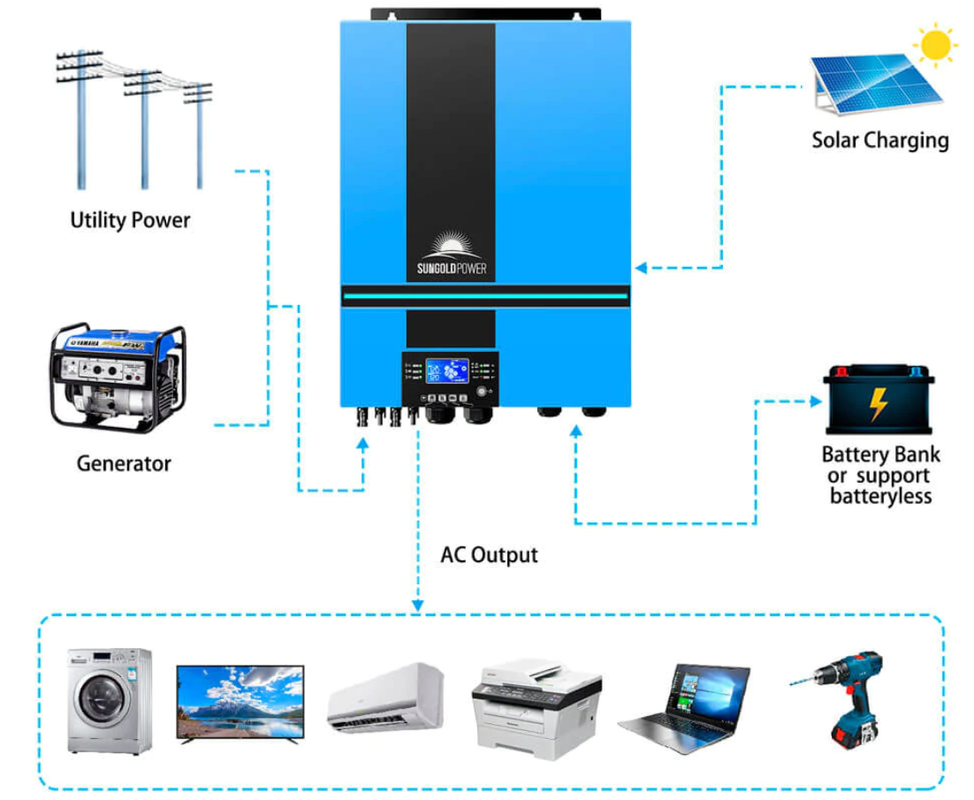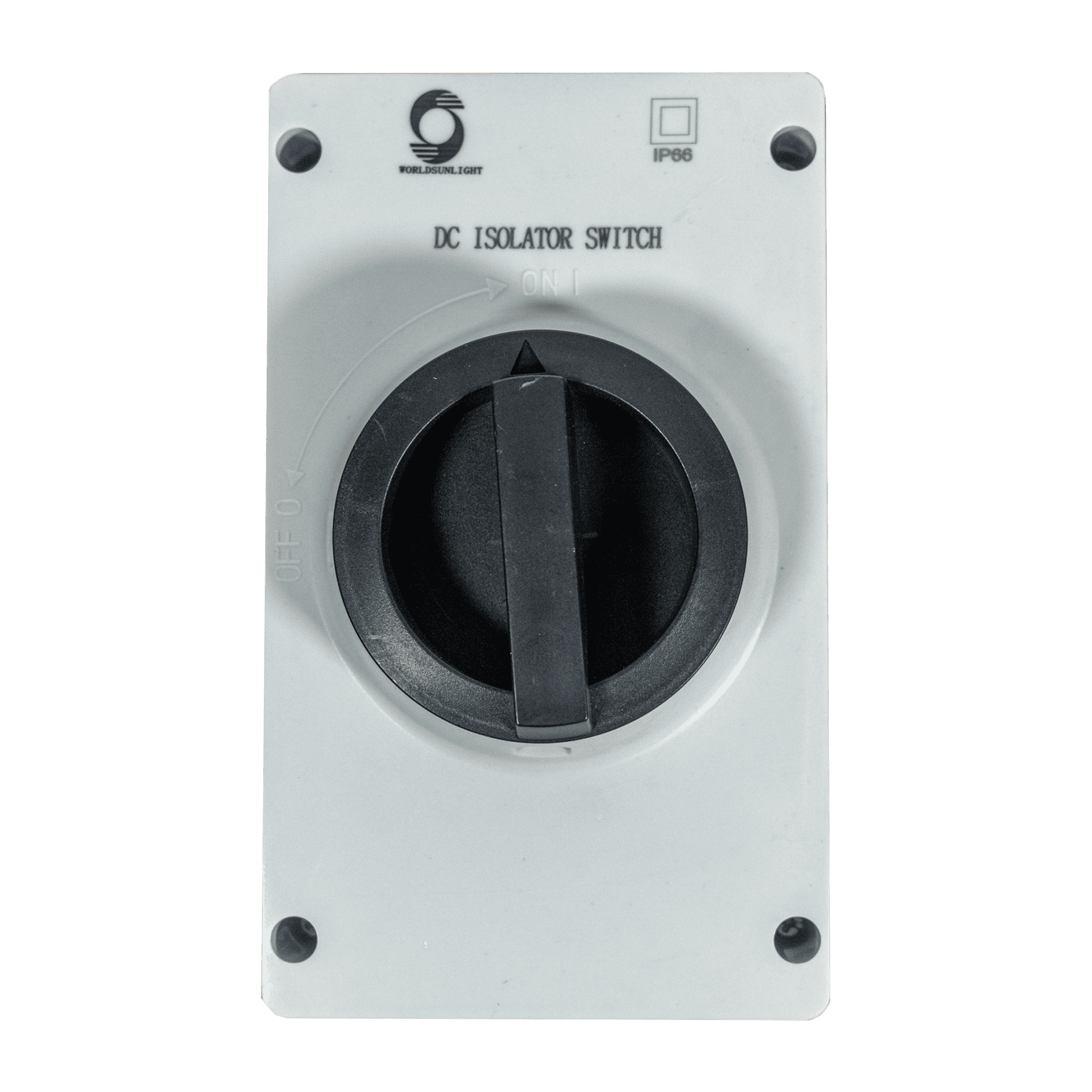First post so asking for forgiveness in advance but also don’t want to die or ruin nice equipment so give it to me straight!
I got the itch to keep my new shed off grid, so started reading, found Will on YT and ended up here. Lol.
I get hyper focused so quickly got in too deep mentally down the diy solar rabbit hole and backed off by ripping off the Band-Aid and buying the thousand watt MPP all in one and basically everything from Will’s suggested parts and associate links on his website for that beginner type of set up.
In preparing and acquiring supplies/ parts to begin setting it all up, I can’t tell if I need to put a mega fuse on the positive terminal of the battery or not. I’m just basically running 100 W (eventually multiples of that) of solar and wiring up the AC to charge the LiPo 12v 100ah with my generator if need be. I am probably mixing plans up since in the milk crate, and other DIY stuff I noticed battery block terminal type fuses, and fuse blocks and things that aren’t in the little 12 V beginner friendly set up he listed out- but didn’t know if that would be extra protection. Also, don’t know if I need to do an earth ground or some thing or not. I can wire household residential, but I am not an engineer so any and all input appreciated. The components are mostly purchased and on their way but I have some construction to finish on the shed first so I have a couple weeks. Thanks for your help in advance and thanks for a cool forum!
I got the itch to keep my new shed off grid, so started reading, found Will on YT and ended up here. Lol.
I get hyper focused so quickly got in too deep mentally down the diy solar rabbit hole and backed off by ripping off the Band-Aid and buying the thousand watt MPP all in one and basically everything from Will’s suggested parts and associate links on his website for that beginner type of set up.
In preparing and acquiring supplies/ parts to begin setting it all up, I can’t tell if I need to put a mega fuse on the positive terminal of the battery or not. I’m just basically running 100 W (eventually multiples of that) of solar and wiring up the AC to charge the LiPo 12v 100ah with my generator if need be. I am probably mixing plans up since in the milk crate, and other DIY stuff I noticed battery block terminal type fuses, and fuse blocks and things that aren’t in the little 12 V beginner friendly set up he listed out- but didn’t know if that would be extra protection. Also, don’t know if I need to do an earth ground or some thing or not. I can wire household residential, but I am not an engineer so any and all input appreciated. The components are mostly purchased and on their way but I have some construction to finish on the shed first so I have a couple weeks. Thanks for your help in advance and thanks for a cool forum!





